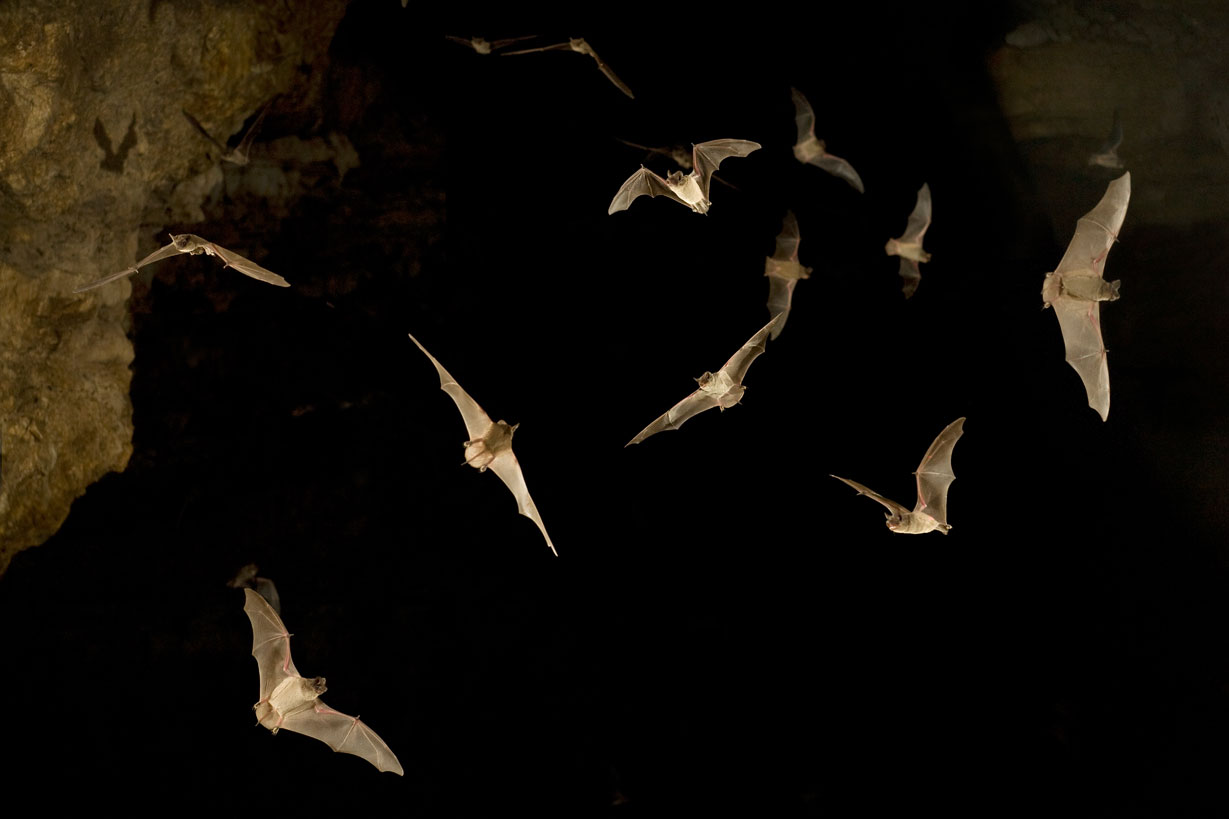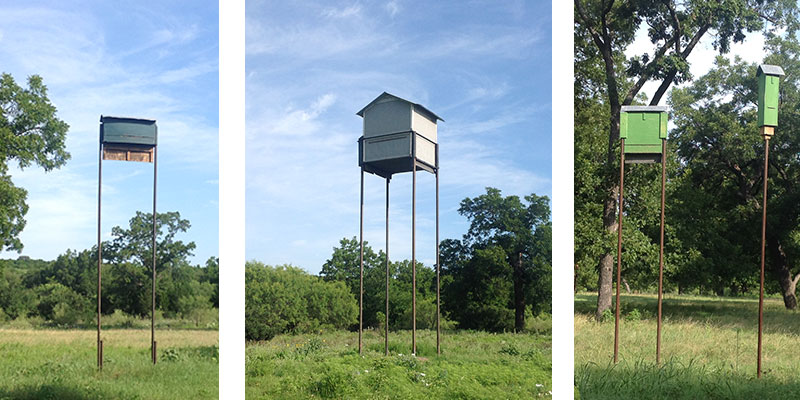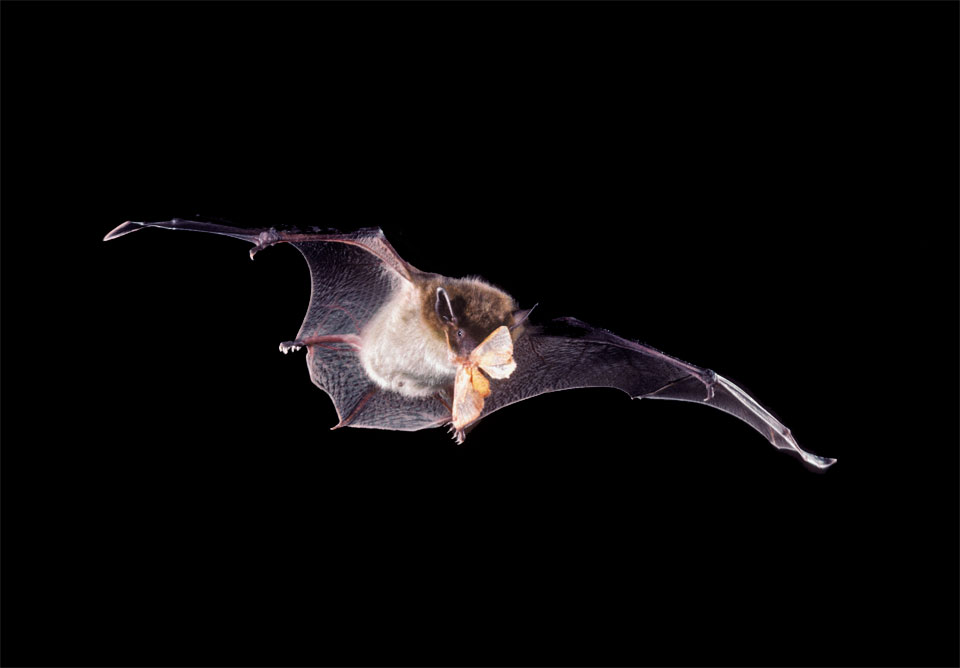 The Echo
The Echo
Bats: Farmers’ Secret Pest-Control Weapon
Published on July 26, 2017
Written by Michelle Donahue

Mexican free-tailed bats emerge from
James Eckert River Bat Cave in Texas.
Courtesy of Michael Durham/Minden Pictures
Visitors who watch the nightly exodus of Mexican free-tailed bats from Bracken Cave come for the moment when millions of bats stream from the cave’s mouth. While they do know the bats are off foraging for insect prey, they usually exclaim when they learn just how many bugs the bats can eat in a night.
“Something that always gets a lot of ‘wows’ from our visitors is when we tell them just how many tons of insects the bats are eating—mostly agricultural pests,” said Fran Hutchins, BCI’s director of the Bracken Cave Preserve. And as they munch their way through 140 to 147 tons of insects—nearly 300,000 pounds of bugs each and every night during the growing season—bats provide a huge, yet mostly hidden, service to the United States’ agricultural communities.
In this region of Texas, bats’ nightly foraging occurs over huge tracts of land planted in corn, cotton and sorghum. Their prey: primarily moths, especially the adults of corn earworm and cotton bollworm moths. With each female moth capable of laying up to 1,000 eggs, every moth consumed by a bat represents a major reduction in the millions of dollars of potential damage that could occur.

John utilizes three different types of bat houses for his pecan orchard. Courtesy of John Byrd
John Worth Byrd, a fourth-generation pecan grower in San Saba, Texas, is one farmer who says he does everything he can to encourage bats to forage among his trees at night, including erecting his own homemade bat houses around his orchard. Byrd also builds houses for others who are interested in doing the same.
“A bat eats one moth, and that’s 100 more pecans, in theory. If they’re doing that every night, that amounts to something,” Byrd said. “All my life, you can go out at night and there have always been bats. I don’t know how it would be without them.”
A 2006 study found that just in the cotton fields of Texas, Mexican free-tailed bats saved farmers an annual average of $724,000 in pest control costs and losses from insect-related damages. Extrapolating that to the country as a whole, a follow-on study in 2011 estimated that bats are worth around $23 billion in pest suppression services.
Agriculture feeds into many sectors of the nation’s economy, as a whole equaling $992 billion in 2015, or 5.5 percent of the nation’s gross domestic product. Farm output alone contributed $136.7 billion that year, or 1 percent of GDP. In that light, the economic services bats provide is a real and quantifiable sum.

A Mexican free-tailed bat has captured a corn earworm moth.
Courtesy of MerlinTuttle.org
Now, to refine what we know about where the bats are and what insects they’re eating, scientists are looking to the skies. Recent work by University of Tennessee bat ecologist Gary McCracken, his student Jennifer Krauel, and USDA meteorologist John Westbrook are looking at the seasonal movement of insects and how bats track and exploit them. Over three seasons in Uvalde, Texas, they found that bats were eating 44 different agricultural pests, 20 of which were migratory. But that means that bats are having even more of an invisible effect, a big challenge to overcome in helping farmers understand bats’ real-world benefits, even if the bats aren’t flying directly in their fields.
“Part of the issue is that the bats can be removed in distance from the farms because it’s high-altitude,” Westbrook said. “Farmers want to see direct impacts on their farms. But bats are intercepting these vast migrations that are having a great impact on downwind crop areas, places that may never see bats.”
